Manor ring of Yaroslavl suburbs
The route "Manor Ring of Yaroslavl suburbs" is a cultural and educational trip through the southwestern part of the Yaroslavl Municipal District, which is based on a visit to the former noble estates that were previously located in these places. Manors with main houses of varying preservation, manor temples and parks have been preserved here on a relatively compact territory. The former owners of these estates are famous personalities in the history of Yaroslavl land and Russia.
It is especially interesting for fans of the attractive aesthetics of picturesque ruins.
The route is all-season. The length of the ring route beyond the Yaroslavl city border is 75 km.
waypoints
1. The village of Sarafonovo

In the late 18th and mid-19th centuries, the manor of the Dolgovo-Saburov nobles was located in the village of Sarafonovo. At the end of the 19th century, the estate of the county leader of the nobility, Major General A.F. Bychensky. The depersonalized main house, the functioning Kazan Church of the early 17th century, and a park with ponds have been preserved. I.P. Dolgovo-Saburov was buried at the temple.
2. The village of Spasskoe

The estate of the Urusov princes. The two-storey wing of the estate in the forms of classicism of the 19th century, fragments of a lime park with a pond have been preserved.

3. Alekseytsevo village
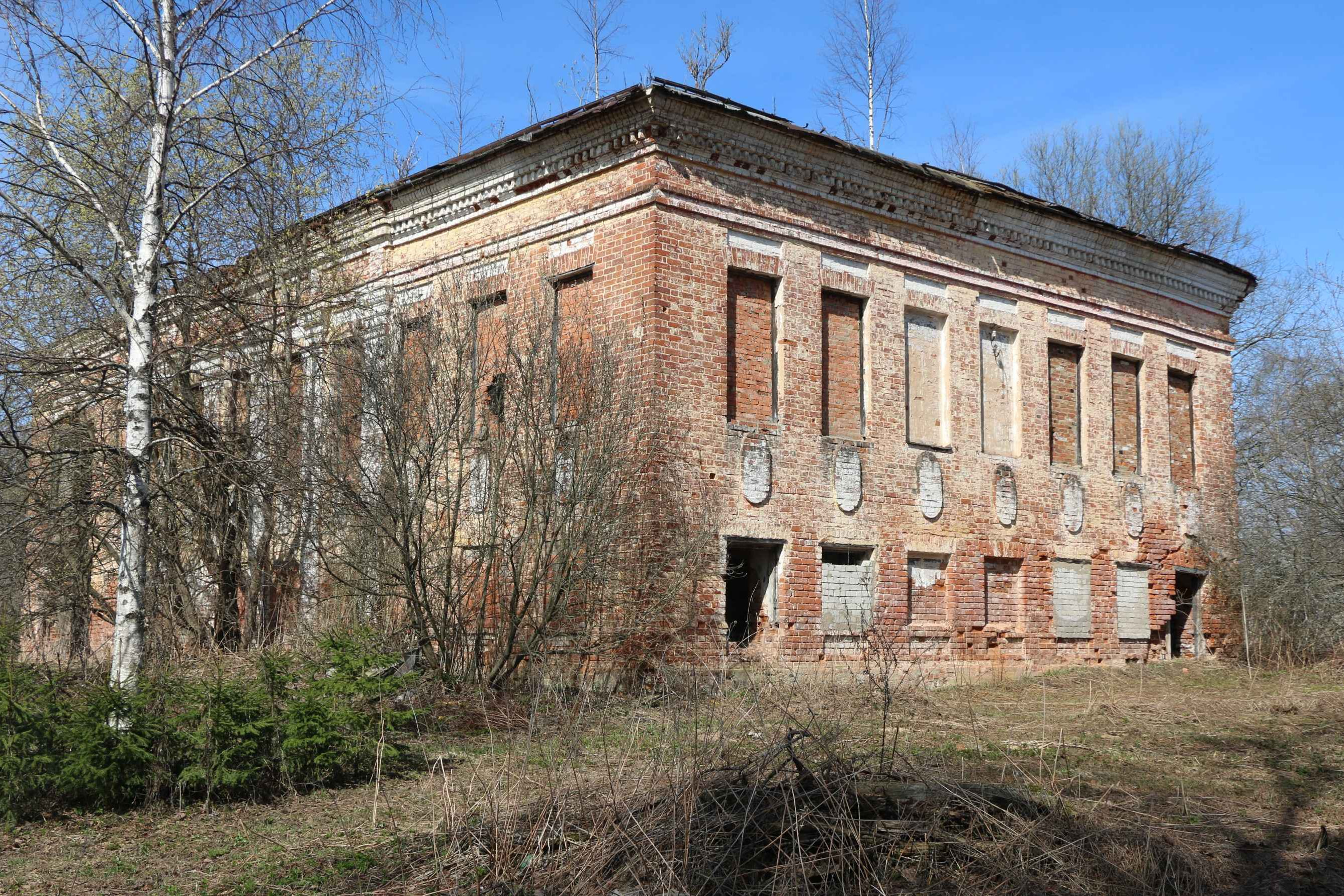
In the XVIII-XIX centuries, the noble estate of P.D. Khanykov was located in the village of Aleksetsevo. The ruined two-storey main house in the Classical style, the ruined Church of the Resurrection of 1806, and the remains of a park of lime trees and fir trees have been preserved.

4. The village of Degtevo
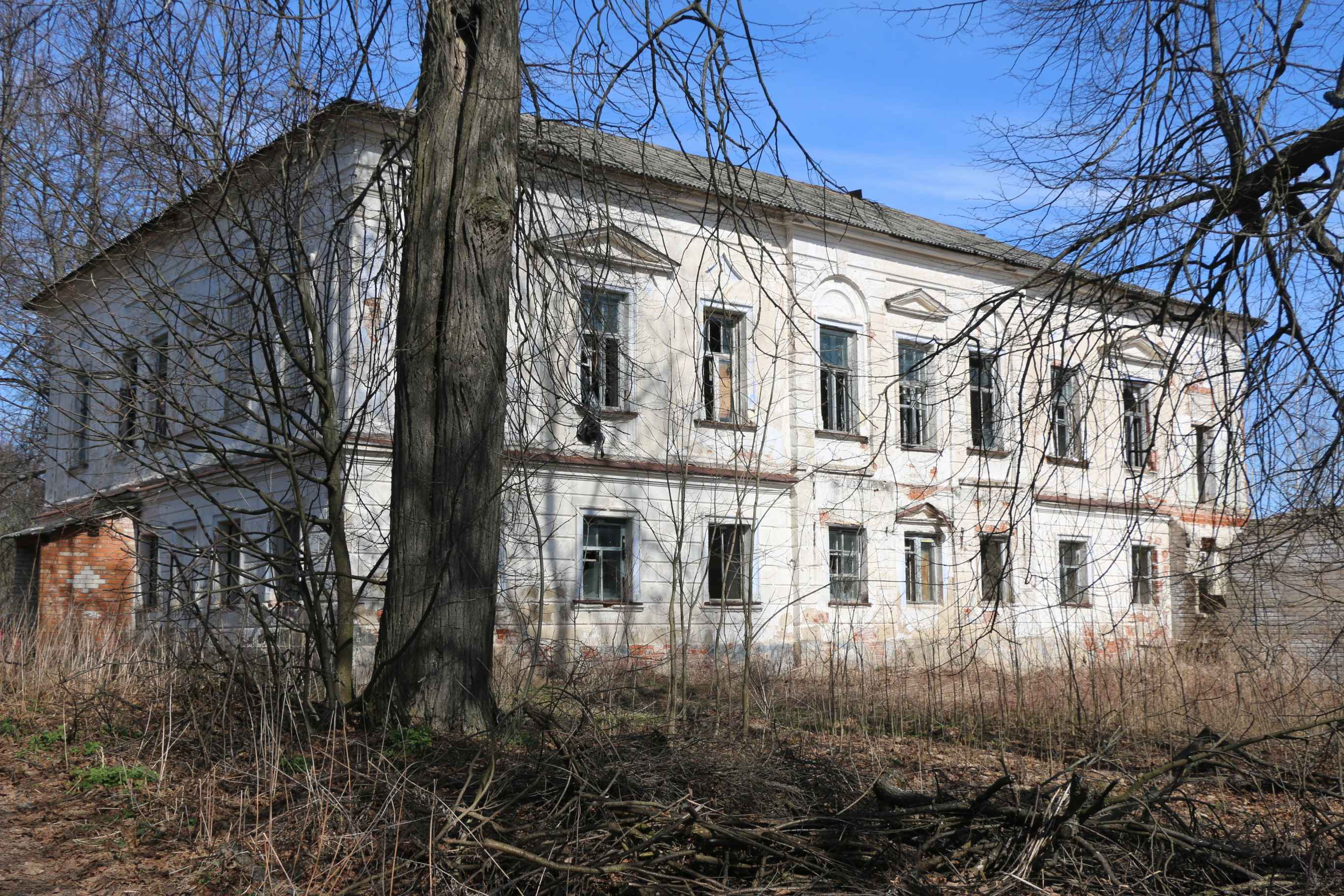
The estate of the Kalachev nobles. The two-storey Main House with murals on the ceiling and stucco, the manor park, has been preserved. The ruined Korsunskaya Church (early 19th century). There is a turnavigation stand near the church.
Lebedev's house is a two–story wooden house, richly decorated with carvings.
5. Kurba village
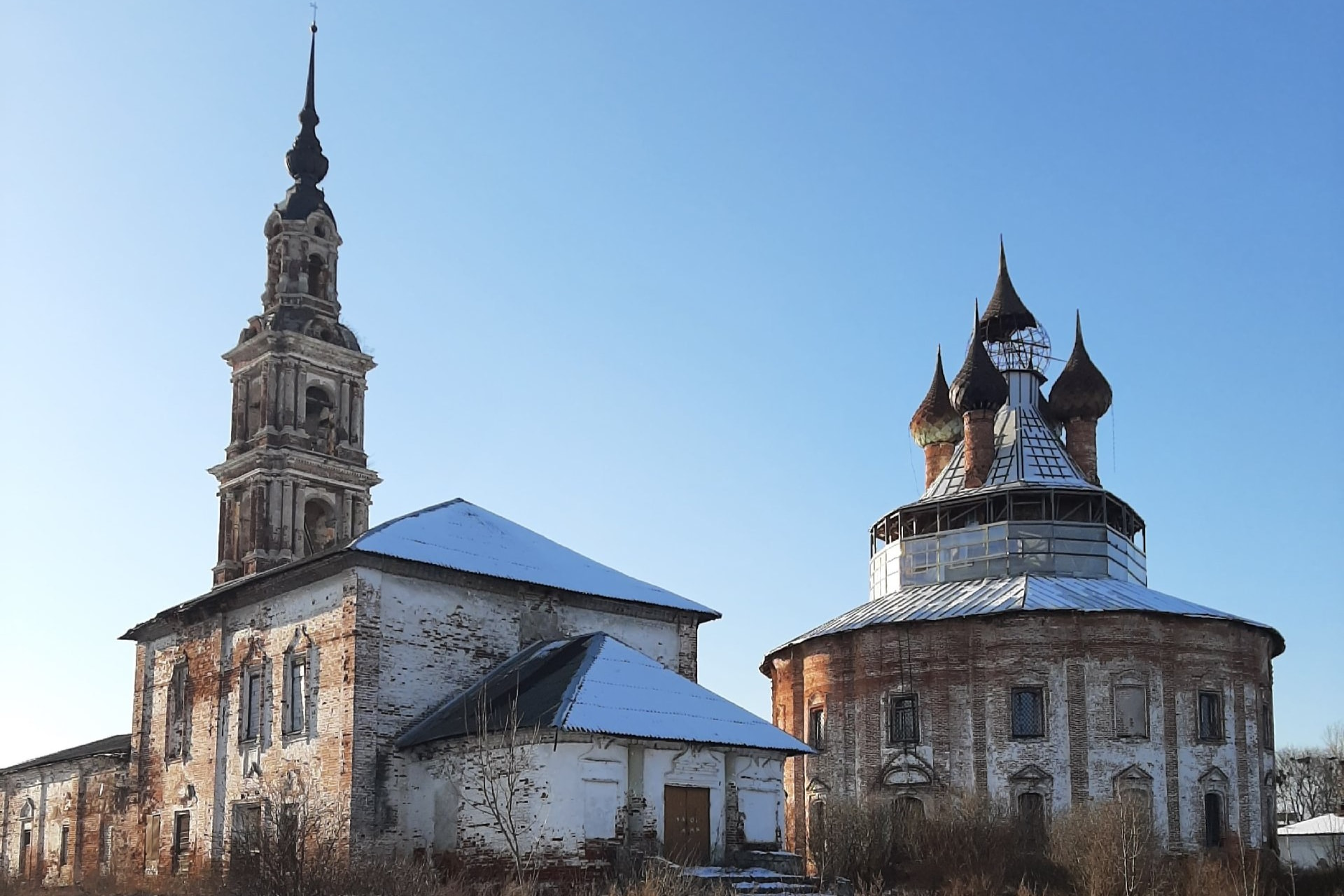
The hereditary patrimony of the Princes of Kurbsky, who trace their descent from Prince Fyodor Cherny of Yaroslavl and distinguished themselves by many exploits during the reign of Tsar Ivan Vasilyevich the Terrible.
Temple ensemble: Kazan Church (1770), bell tower (XIX century), Church of the Resurrection of St. Nicholas (XVIII century), chapel (XIX century).
The ensemble of the historical residential center of the village with one- and two-storey merchant houses (XIX century).

6. Mikhailovskoye village
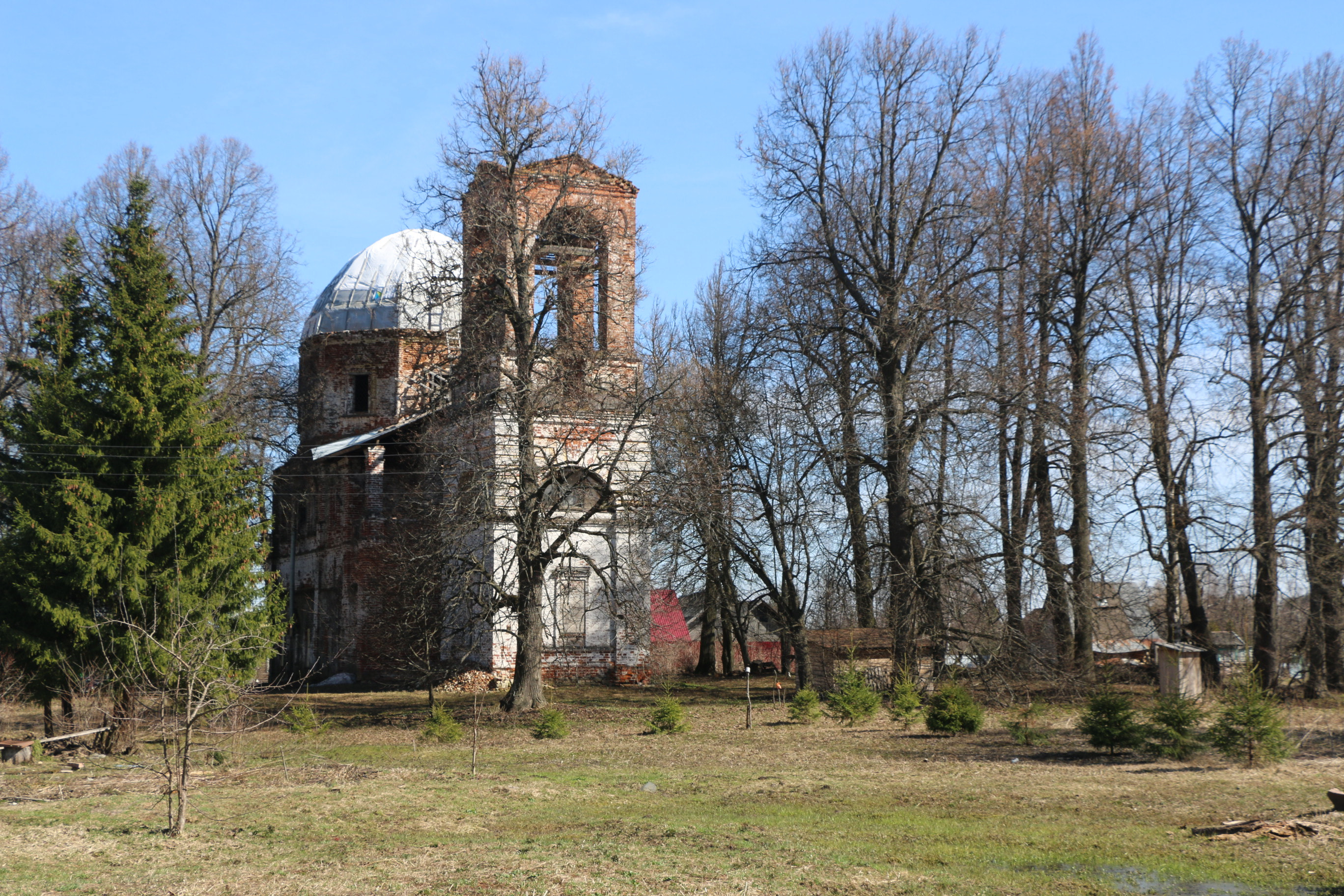
The estate of the princes Shcherbatov-Shakhovsky.
The Church of the Sign (1700) with the burial place of the Shcherbatov princes, outbuildings (late 19th century), a park with ponds. There is a turnavigation stand in the center of the village with information about the history of the estate.
7. Village of Karabikha
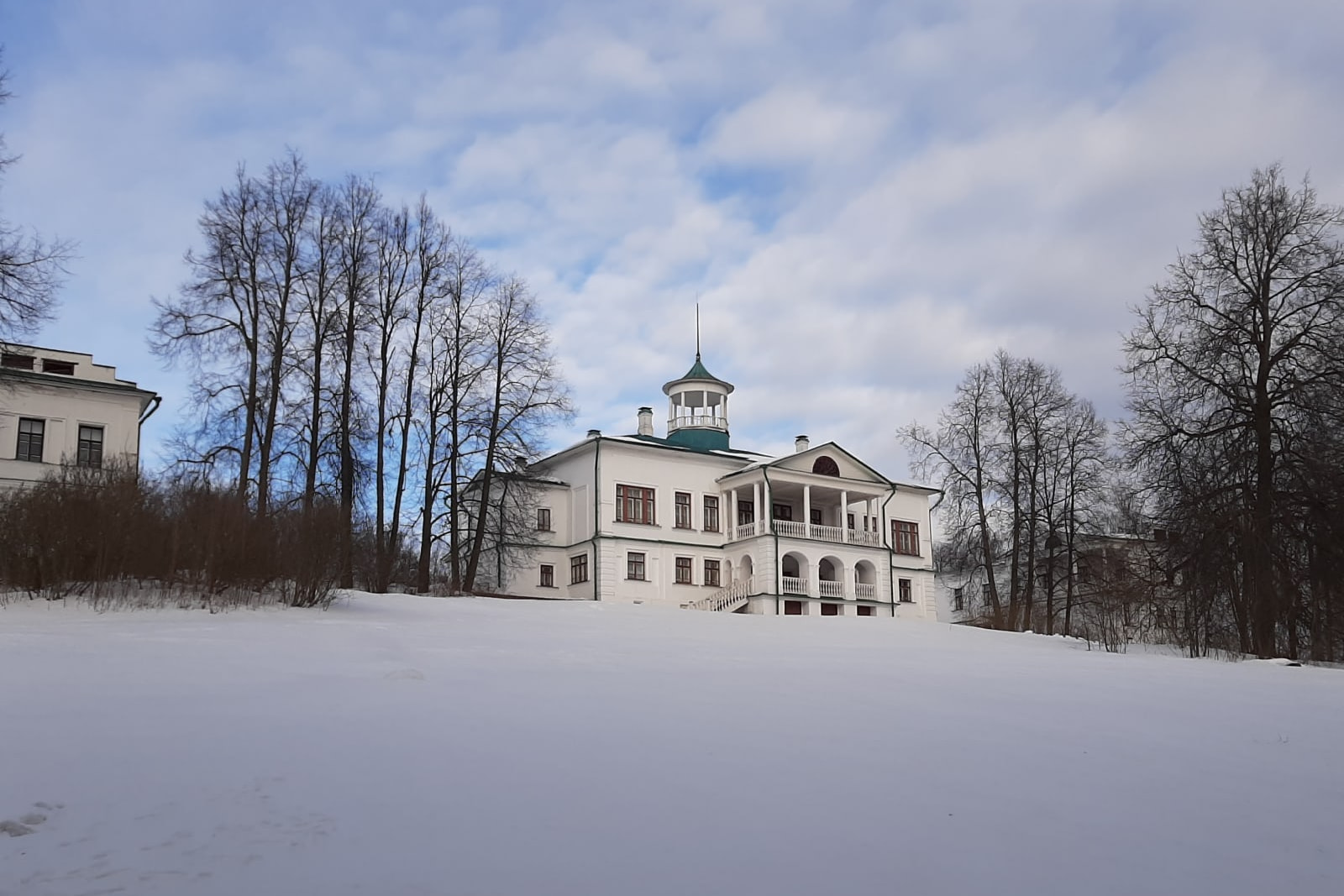
Karabikha is the only estate complex in the Yaroslavl region in the second half of the XVIII – early XX centuries, which has preserved its original architectural appearance and belongs to the estates of the palace type typical of the classical era. The original owners of the estate were the princes Golitsyn. In 1861, poet N.A. Nekrasov became the owner of the estate. Currently, the memorial museum-reserve of N.A. Nekrasov "Karabikha" is located here.
8. Cherelisino village

The estate was built in the 1910s by the nephew of the poet N.A. Nekrasov, doctor V.F. Nekrasov.
The two-storey main house and wing in the neoclassical style have been preserved, as well as an extensive park with landscape and regular parts.














